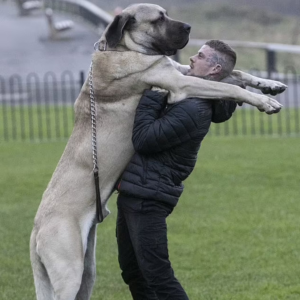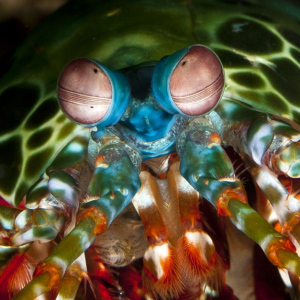
This spring has brought a baby boom of sorts to the Saint Louis Zoo.
The zoo has announced the birth of two Amur leopard cubs, but it will be a few months before the babies make their public debut, as they’re currently bonding with their mother in a private maternity den in Big Cat Country.

The cubs’ birth on April 21 is important for the survival of the critically endangered big cat, one of the rarest subspecies (types) of leopards in the world. The babies, both females, are named Anya (pronounced AH-na) and Irina (pronounced eye-REE-na), which mean “grace” and “peace,” respectively. This is the first litter for 4-year-old mom, Dorothy or “Dot,” and dad, Samson, also age 4.
Anya and Irina are the first cubs born at the zoo since 2010 and their births are a significant contribution to the population of Amur leopards in North American zoos. The species is considered one of the most endangered cats in the world. There are fewer than 100 Amur leopards remaining in the wild in the coniferous forests of Primorye Province in far eastern Russia.

Mom and cubs are doing well and will remain in their indoor den until the cubs to grow large enough to safely navigate all of the obstacles in the outdoor habitat. Samson can be seen by zoo guests in his habitat at Big Cat Country.
“Dot is an excellent mother. It’s exciting to see this first-time mom providing great care to her cubs,” said Steve Bircher, curator of carnivores at the Saint Louis Zoo. “There are so few of these rare big cats left in the world and each birth is extremely important for the survival of the species.”
The first few months of life are critical for newborn leopards. The animal care team is closely monitoring the family and it appears that both cubs are healthy. Adult Amur leopards can weigh between 60 and 125 pounds.
The births of the leopard cubs follow an announcement last week about a new female Somali wild ass born at the Saint Louis Zoo.
Astrid was born to mom Tukia (pronounced too-KEE-ya) on April 8 and is the first new foal at the zoo in three years.

Astrid’s birth is part of the Association of Zoos and Aquariums Species Survival Plan for this critically endangered species, one of three subspecies of African wild ass. Overall, the species is the smallest of the wild equids, a group that includes horses, asses and zebras. A typical African wild ass stands about 4 feet at the shoulder and weighs approximately 400 to 500 pounds.





